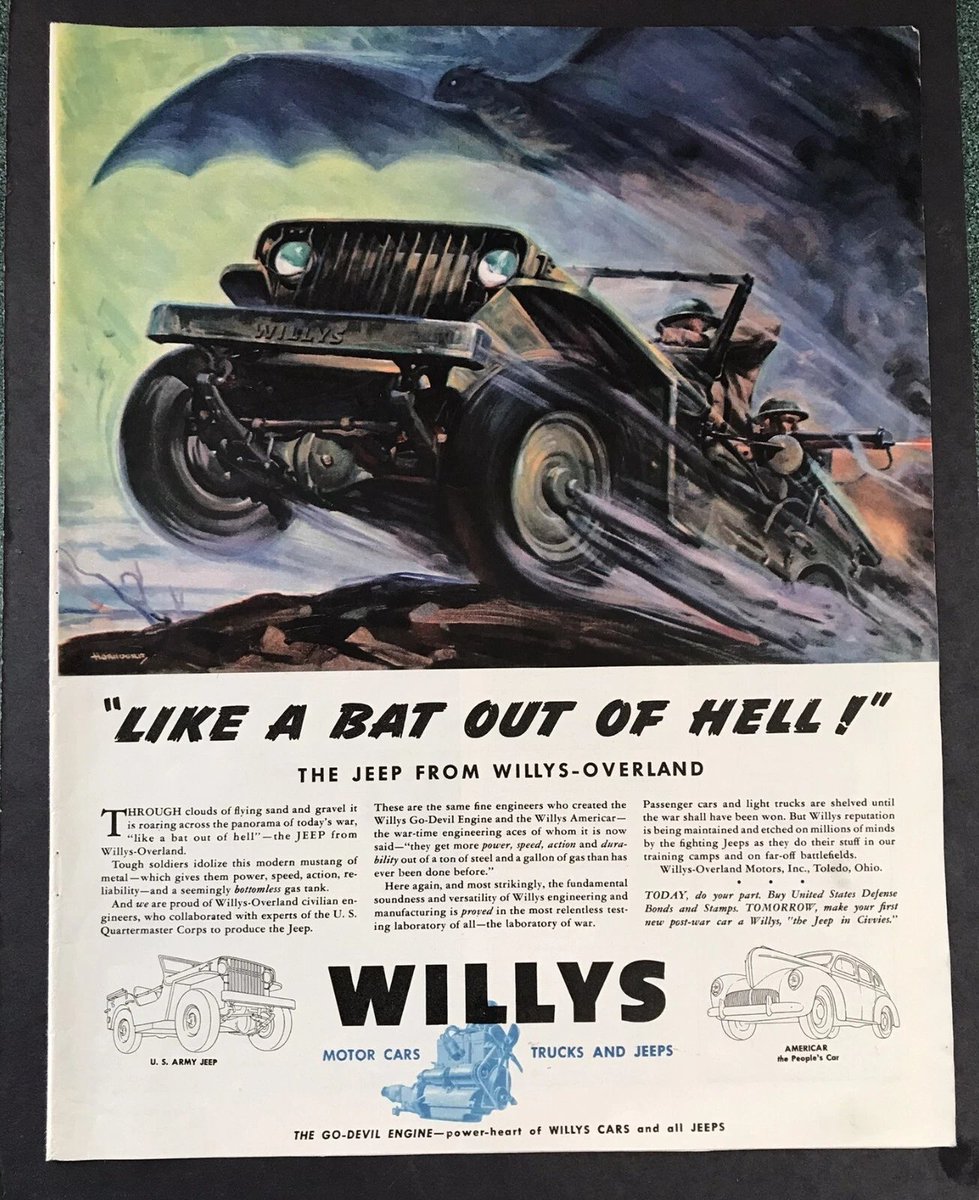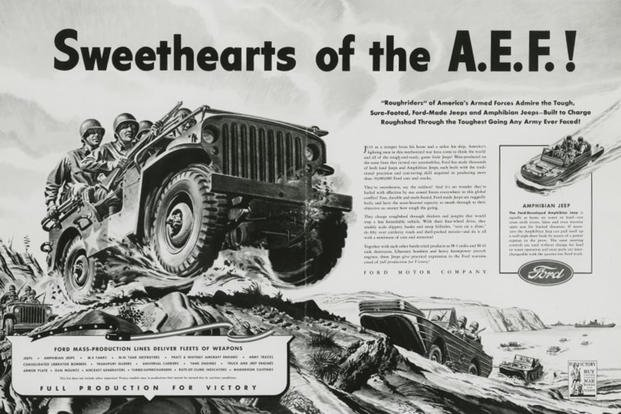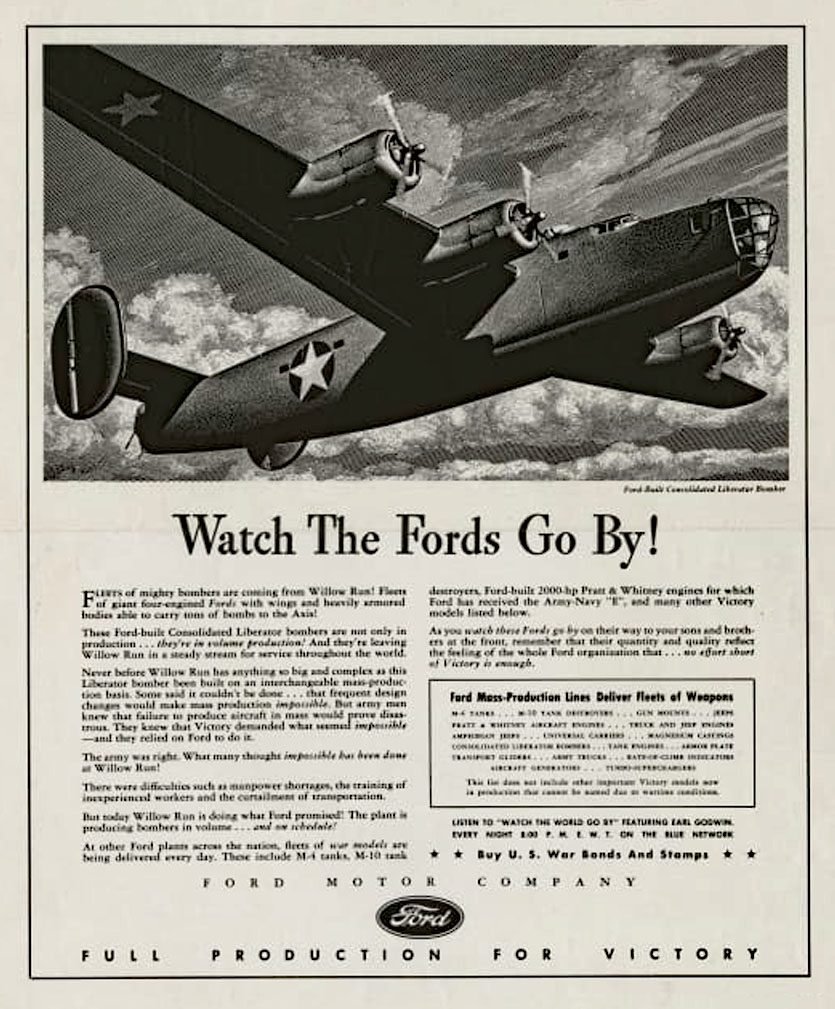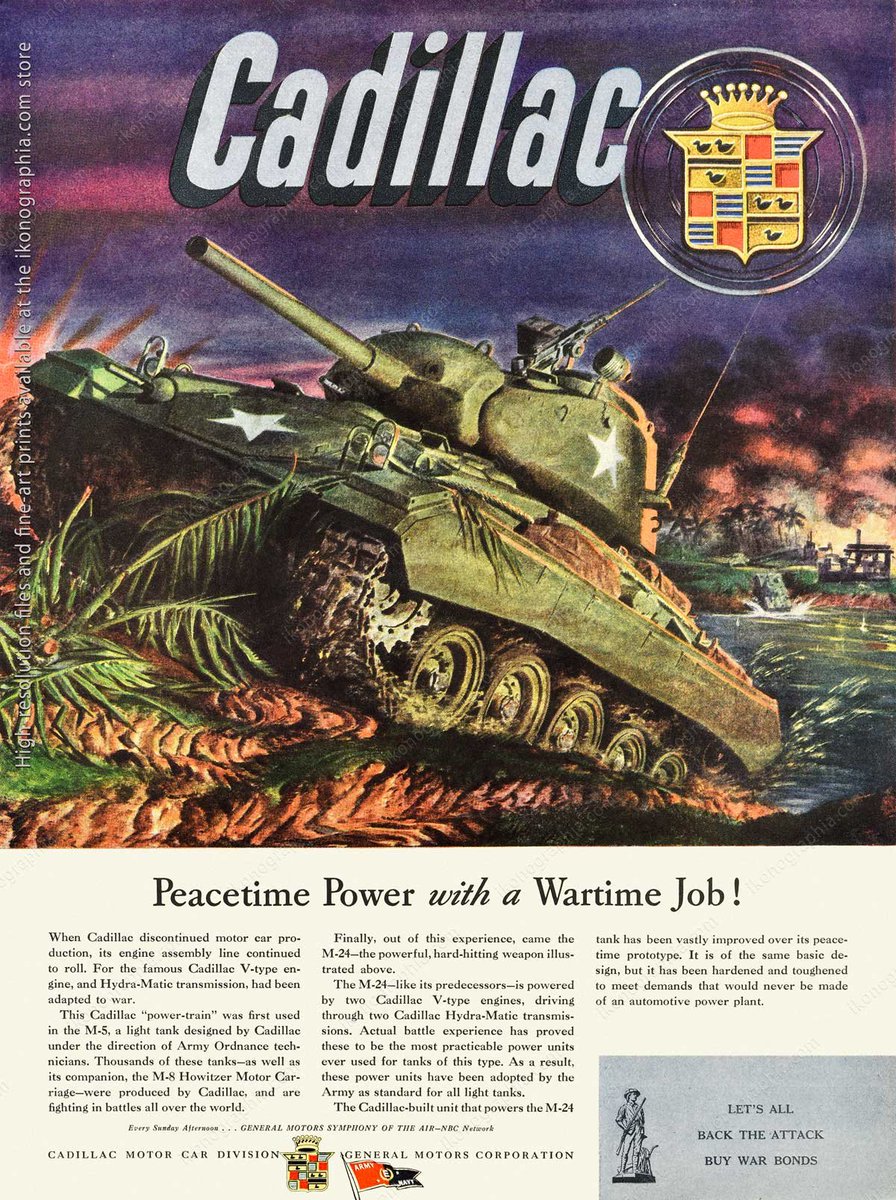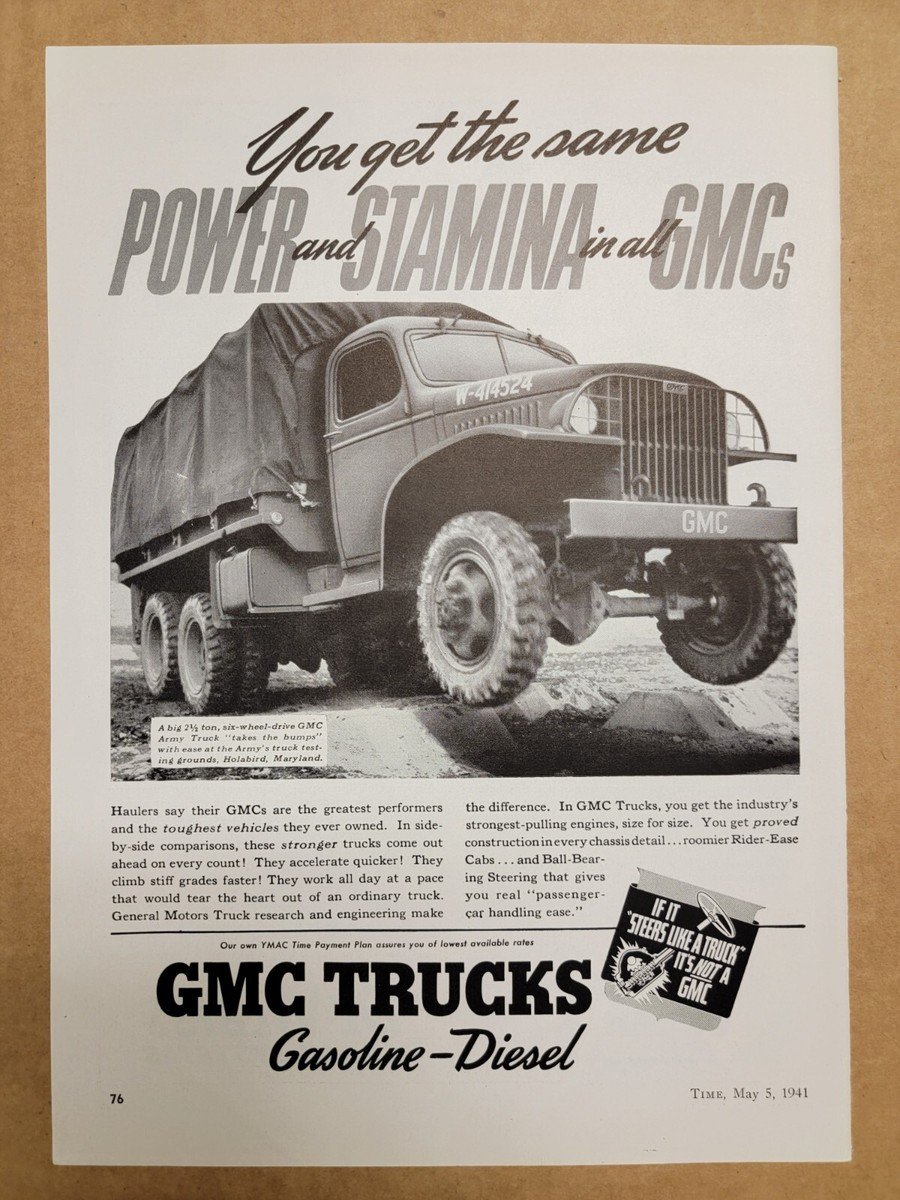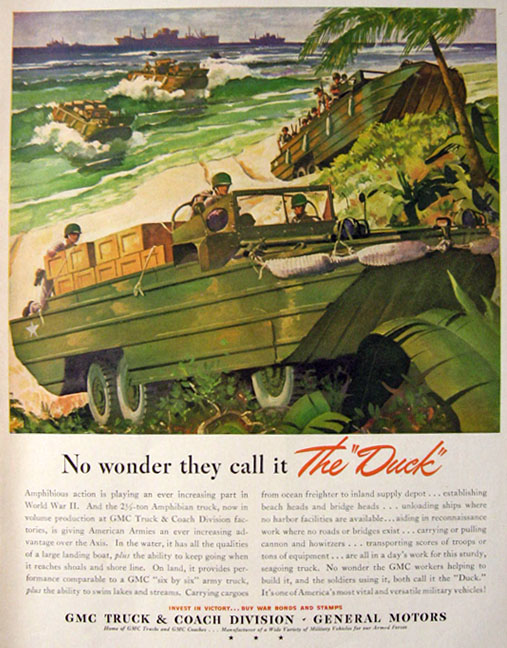"I have never once met a person who moved anywhere primarily because of taxes"
<turns off notifications>
<turns off notifications>
personally I moved to Texas for the skiing
*I was misinformed
I can do my job from anywhere in the USA. Here's how I came to live in Austin:
criterion 1: does this place have state income taxes?
criterion 2: does this place come with warm weather, bitchin' hot rod scene, BBQ, live music, and friends who already live there?
criterion 1: does this place have state income taxes?
criterion 2: does this place come with warm weather, bitchin' hot rod scene, BBQ, live music, and friends who already live there?
I'm sure this will come as a terrible disappointment to the many people who want to pay you to live in Austin
https://twitter.com/textranquilo/status/1450819061718425607
I did not "get it," it was thrust upon me by a grateful citizenry
https://twitter.com/HomeDepotClient/status/1450822558174089217
• • •
Missing some Tweet in this thread? You can try to
force a refresh



